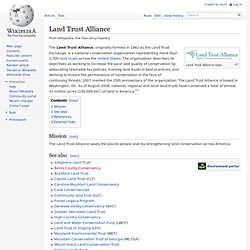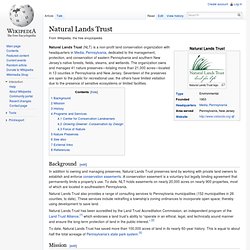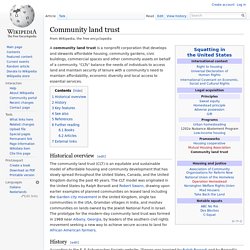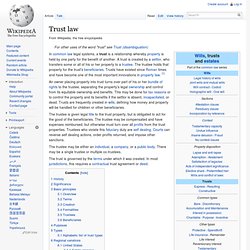

About Gaia Trust. Green belt. Purposes[edit] In those countries which have them, the stated objectives of green belt policy are to: Protect natural or semi-natural environments;Improve air quality within urban areas;Ensure that urban dwellers have access to countryside, with consequent educational and recreational opportunities; andProtect the unique character of rural communities that might otherwise be absorbed by expanding suburbs. The green belt has many benefits for people: Walking, camping, and biking areas close to the cities and towns.Contiguous habitat network for wild plants, animals and wildlife.Cleaner air and waterBetter land use of areas within the bordering cities. The effectiveness of green belts differs depending on location and country. History[edit] The concept of "green belt" has evolved in recent years to encompass not only "Greenspace" but also "Greenstructure", taking into account all urban greenspaces, an important aspect of sustainable development in the 21st century.
Criticism[edit] Australia. Land conservation in eastern Pennsylvania and southern New Jersey. Land Trust Alliance. Land Trust Alliance logo.

The Land Trust Alliance, originally formed in 1982 as the Land Trust Exchange, is a national conservation organization representing more than 1,700 land trusts across the United States. The organization describes its objectives as working to increase the pace and quality of conservation by advocating favorable tax policies, training land trusts in best practices, and working to ensure the permanence of conservation in the face of continuing threats. 2007 marked the 25th anniversary of the organization. The Land Trust Alliance is based in Washington, DC. As of August 2008, national, regional and local land trusts have conserved a total of almost 37 million acres (150,000 km²) of land in America.[1] Natural Lands Trust. Natural Lands Trust (NLT) is a non-profit land conservation organization with headquarters in Media, Pennsylvania, dedicated to the management, protection, and conservation of eastern Pennsylvania and southern New Jersey’s native forests, fields, steams, and wetlands.

The organization owns and manages 41 nature preserves—totaling more than 21,000 acres—located in 13 counties in Pennsylvania and New Jersey. Seventeen of the preserves are open to the public for recreational use; the others have limited visitation due to the presence of sensitive ecosystems or limited facilities. Background[edit] In addition to owning and managing preserves, Natural Lands Trust preserves land by working with private land owners to establish and enforce conservation easements. A conservation easement is a voluntary but legally binding agreement that permanently limits a property’s use. To date, Natural Lands Trust has saved more than 100,000 acres of land in its nearly 60-year history. Community Land Trust. A community land trust is a nonprofit corporation that develops and stewards affordable housing, community gardens, civic buildings, commercial spaces and other community assets on behalf of a community.

“CLTs” balance the needs of individuals to access land and maintain security of tenure with a community’s need to maintain affordability, economic diversity and local access to essential services. Historical overview[edit] History[edit] According to the E. F. The first organization to be labeled with the term 'community land trust' in the U.S., called New Communities, Inc., was founded with the purpose of helping African-American farmers in the rural South to gain access to farmland and to work it with security. A precursor to this was the Celo Community in North Carolina, which was founded in 1937 by Arthur Ernest Morgan.[1] There are currently over 250 community land trusts in the United States.
Key features[edit] Trust law. The trustee may be either an individual, a company, or a public body.

There may be a single trustee or multiple co-trustees. The trust is governed by the terms under which it was created. In most jurisdictions, this requires a contractual trust agreement or deed. History[edit] The Lord Chancellor would consider it "unconscionable" that the legal owner could go back on his word and deny the claims of the Crusader (the "true" owner). Significance[edit] Although trusts are often associated with intrafamily wealth transfers, they have become very important in American capital markets, particularly through pension funds (essentially always trusts) and mutual funds (often trusts).[2] Basic principles[edit] Overview[edit] In a relevant sense, a trust can be viewed as a generic form of a corporation where the settlors (investors) are also the beneficiaries. Land trust.